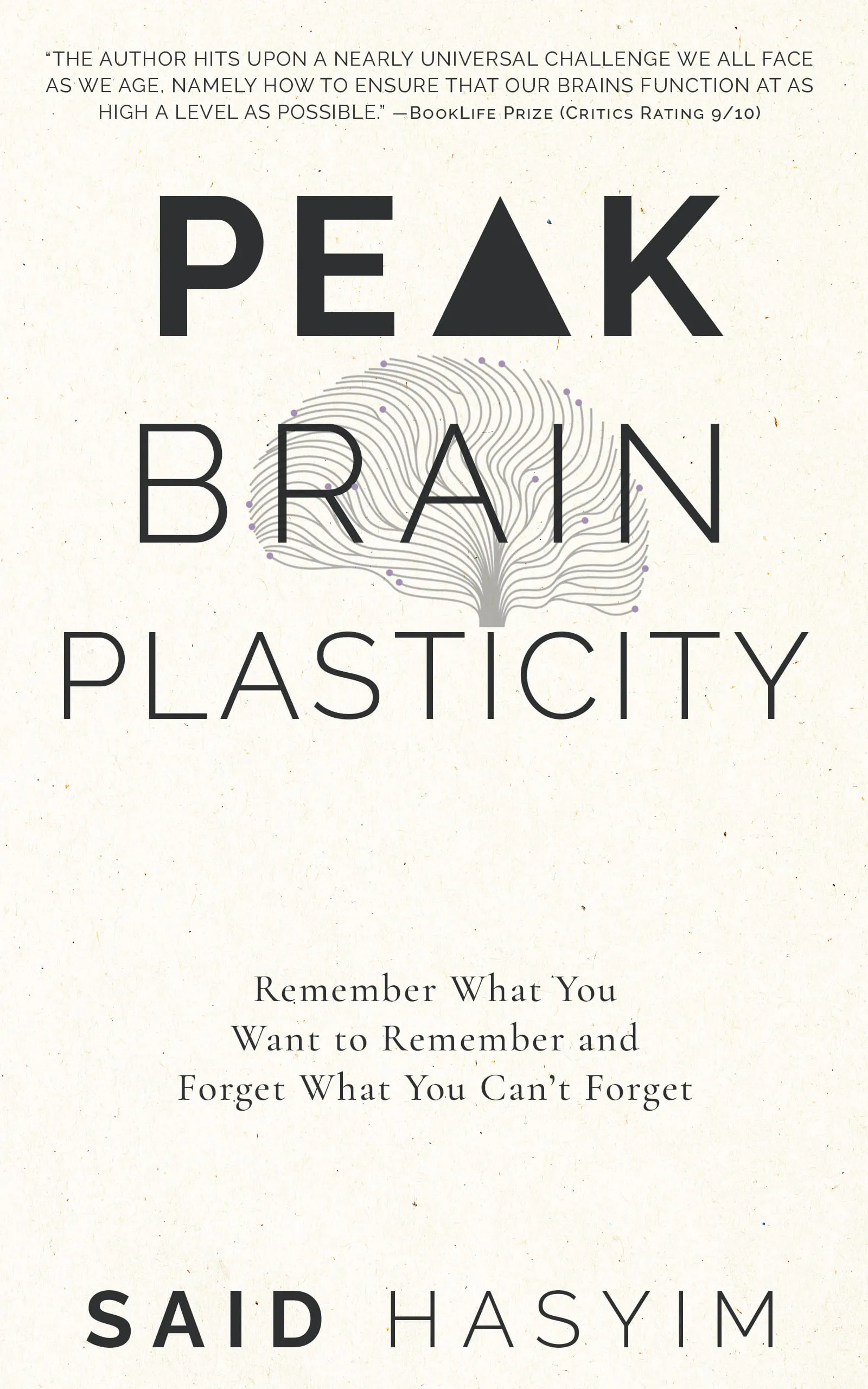Strategies for Remembering and Forgetting Smarter
In our fast-paced world inundated with information, the ability to remember and forget effectively has become a vital skill. Whether you're a student facing an exam, a professional attending numerous meetings, or simply someone trying to retain important life experiences, mastering the art of memory can enhance your productivity and well-being. This blog post will explore various strategies that emphasize not just the act of remembering, but also the crucial balance of forgetting when necessary.
Understanding Memory
Before diving into strategies, it’s essential to understand how memory works. Memory can be divided into three primary stages:
- Encoding: The process of transforming sensory input into a format that can be stored.
- Storage: The maintenance of encoded information over time.
- Retrieval: The ability to access and bring stored information back into consciousness when needed.
Forgetting, paradoxically, is also an important aspect of memory. Just as we need to remember pertinent information, we also benefit from letting go of irrelevant data, clutter, or negative experiences.
Strategies for Remembering Smarter
1. Use Mnemonics
Mnemonics are memory aids that help you recall information through associations. They can take various forms, such as acronyms (e.g., PEMDAS for order of operations), rhymes, or vivid imagery. By creating a story around the information you want to remember, you create a stronger mental connection.
2. Utilize Spaced Repetition
One of the most effective strategies for long-term retention is spaced repetition. Instead of cramming, space out your study sessions over days, weeks, or even months. This technique takes advantage of the psychological spacing effect, in which information is more easily recalled if it is studied intermittently.
3. Engage in Active Recall
Instead of passively reviewing notes, actively test yourself on the material. This could mean creating flashcards, attempting to write down everything you remember about a topic, or teaching the material to someone else. Active engagement reinforces memory pathways.
4. Make Connections
Relating new information to what you already know enhances your ability to recall it later. This technique is known as relational learning and involves forming associations between new concepts and existing knowledge, creating a richer tapestry of understanding.
5. Employ Visualization Techniques
Create mental images of the information you want to remember. This could involve drawing diagrams, conceptual maps, or simply visualizing scenarios. The power of visualization lies in its ability to tap into the brain’s natural inclination toward visual memory.
6. Chunking Information
Organizing information into smaller, manageable units or "chunks" makes it easier to remember. For example, breaking a long sequence of numbers into smaller groups can make it far more digestible. This method is particularly useful for memorizing lists, phone numbers, or any lengthy data.
7. Leverage Technology
Utilize apps and tools designed for memory enhancement. From flashcard applications to online quizzes, technology can augment traditional study methods and provide interactive ways to reinforce your memory.
Strategies for Forgetting Smarter
1. Embrace the Power of Letting Go
Not all information is valuable for the long term. Recognizing when to let go of certain knowledge can be liberating and can make room for new learning. Embrace the idea that it's okay not to retain every piece of information you come across.
2. Utilize the Forgetting Curve
Developed by psychologist Hermann Ebbinghaus, the forgetting curve illustrates how information is lost over time when there’s no attempt to retain it. To combat this, intervene with review sessions at strategic intervals. Allow yourself to forget before reinforcing the memory again.
3. Practice Mindfulness and Meditation
Practicing mindfulness or meditation can aid in decluttering your mind. Regularly engaging in these practices helps reduce anxiety and enhances your cognitive function, facilitating better storage and recall of information while enabling you to forget unhelpful narratives.
4. Recognize Emotional Attachments
Sometimes, we hold onto memories due to strong emotions tied to them. Reflect on whether these memories are serving you positively or detracting from your current life. Acknowledging this can help you consciously decide to let go of negative experiences.
5. Avoid Overloading Your Mind
It’s easy to overwhelm your brain with excessive information, leading to confusion and forgetfulness. Prioritize what’s essential and actively reduce the flow of unnecessary data. This decluttering process makes it easier to focus and retain crucial information.
Conclusion
Mastering the art of remembering and forgetting is a life-long journey that requires practice and patience. By employing effective strategies, you can enhance your memory capabilities and allow for greater mental clarity. Balancing the act of remembering with the wisdom of forgetting equips you to navigate the complexities of your daily life more effectively.
As you implement these techniques, remember that everyone's memory works differently. Experiment with various methods to find what resonates with you and make your memory work for you—not against you. Whether you're striving for academic excellence or enhancing your day-to-day efficiency, smart remembering and forgetting will empower you to live more fully in the present. Happy learning!
Harness the Power of Neuroplasticity
Discover Peak Brain Plasticity, a practical book to harnessing neuroplasticity. Enhance your memory, learn new languages quickly, and alleviate anxiety with effective study methods. Uncover daily habits that impact cognitive health and explore techniques for accelerated learning and memory retention. Unlock your brain's potential for growth and transformation.
